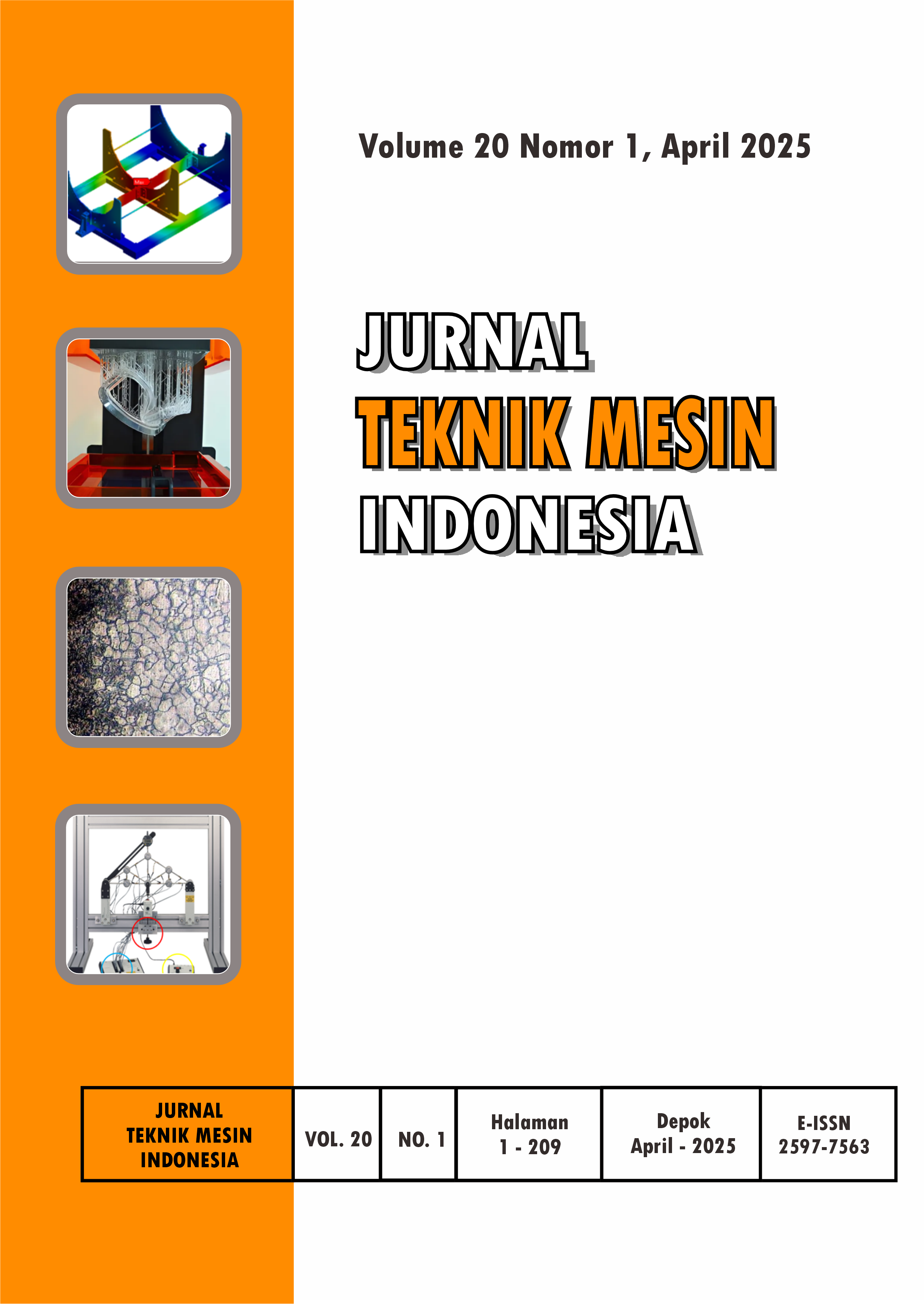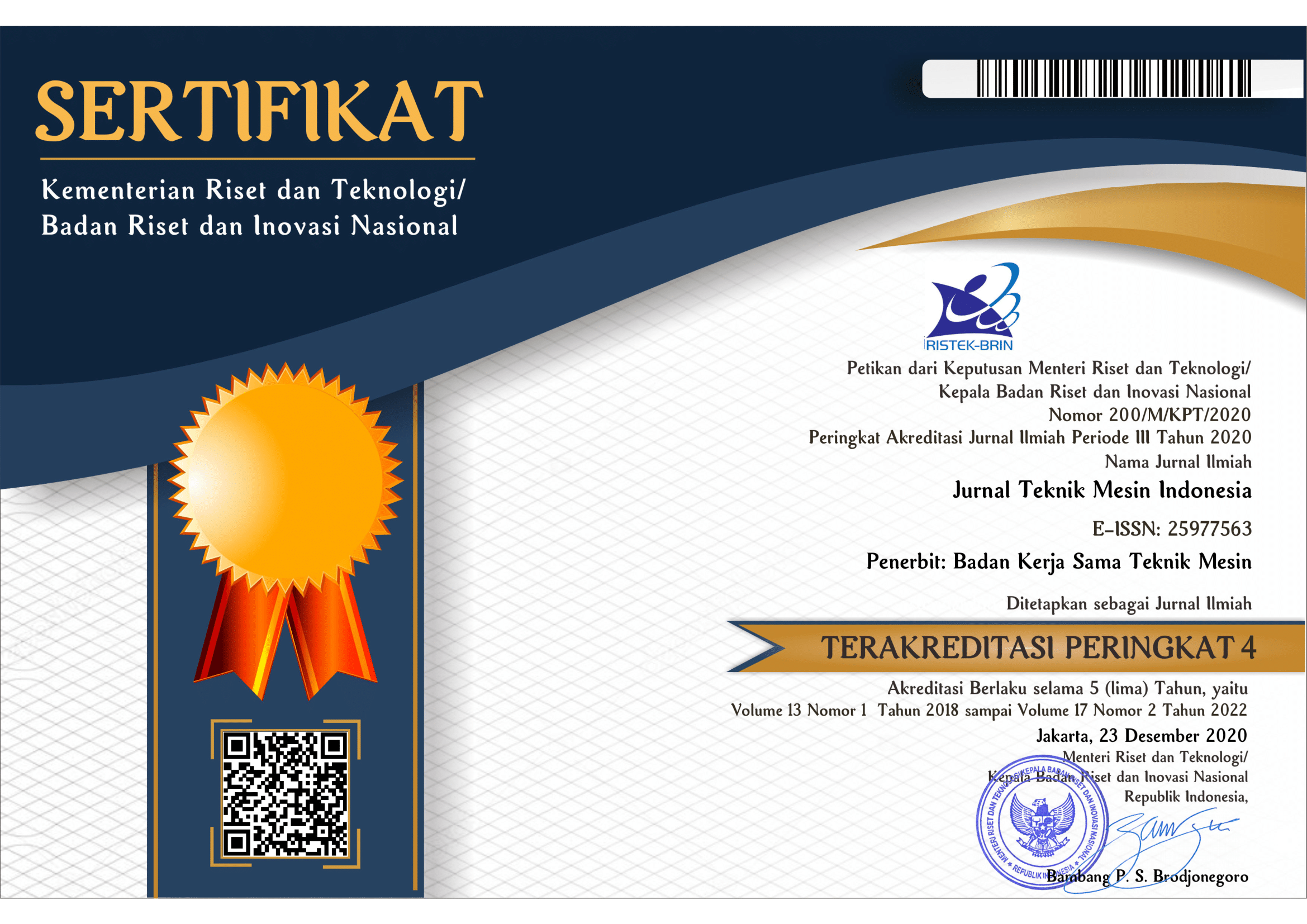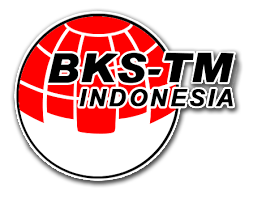Reliability-Centered Maintenance (RCM) Approach in Fleet Maintenance To Enhance Transportation Efficiency and Safety
DOI:
https://doi.org/10.36289/jtmi.v20i1.878Keywords:
Reliability-Centered Maintenance, Failure Mode and Effect Analysis, public transportation, fleet management, maintenance optimizationAbstract
Efficient and reliable public transportation systems, particularly bus services, played a crucial role in regional mobility and economic development. However, maintenance challenges impacted service quality, as seen in PT. SPS – Solo’s Scania fleet. Traditional reactive maintenance methods proved insufficient, leading to increased operational costs and unexpected failures. This study applied Reliability-Centered Maintenance (RCM) to optimize maintenance policies, identifying critical components and establishing effective strategies. Failure Mode and Effect Analysis (FMEA) revealed the brake chamber as the most critical component, followed by the stabilizer and tie rod/slack adjuster. Maintenance interval analysis recommended Time-Directed (TD) intervals from 26,090 km to 35,084 km and Condition-Directed (CD) intervals from 25,900 km to 70,168 km, based on component degradation patterns. Cost analysis highlighted air bellows as the highest-cost component (Rp. 2,350,000), while brake chambers had the lowest cost (Rp. 150,000). The study demonstrated that RCM improved fleet reliability and reduced maintenance costs. Implementing structured maintenance schedules, training programs, and condition monitoring systems was recommended. These findings provided a foundation for enhancing longdistance bus operations and could be adapted for other transportation sectors to achieve cost-efficient and reliable fleet management.










